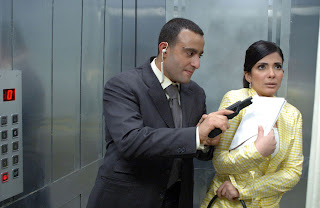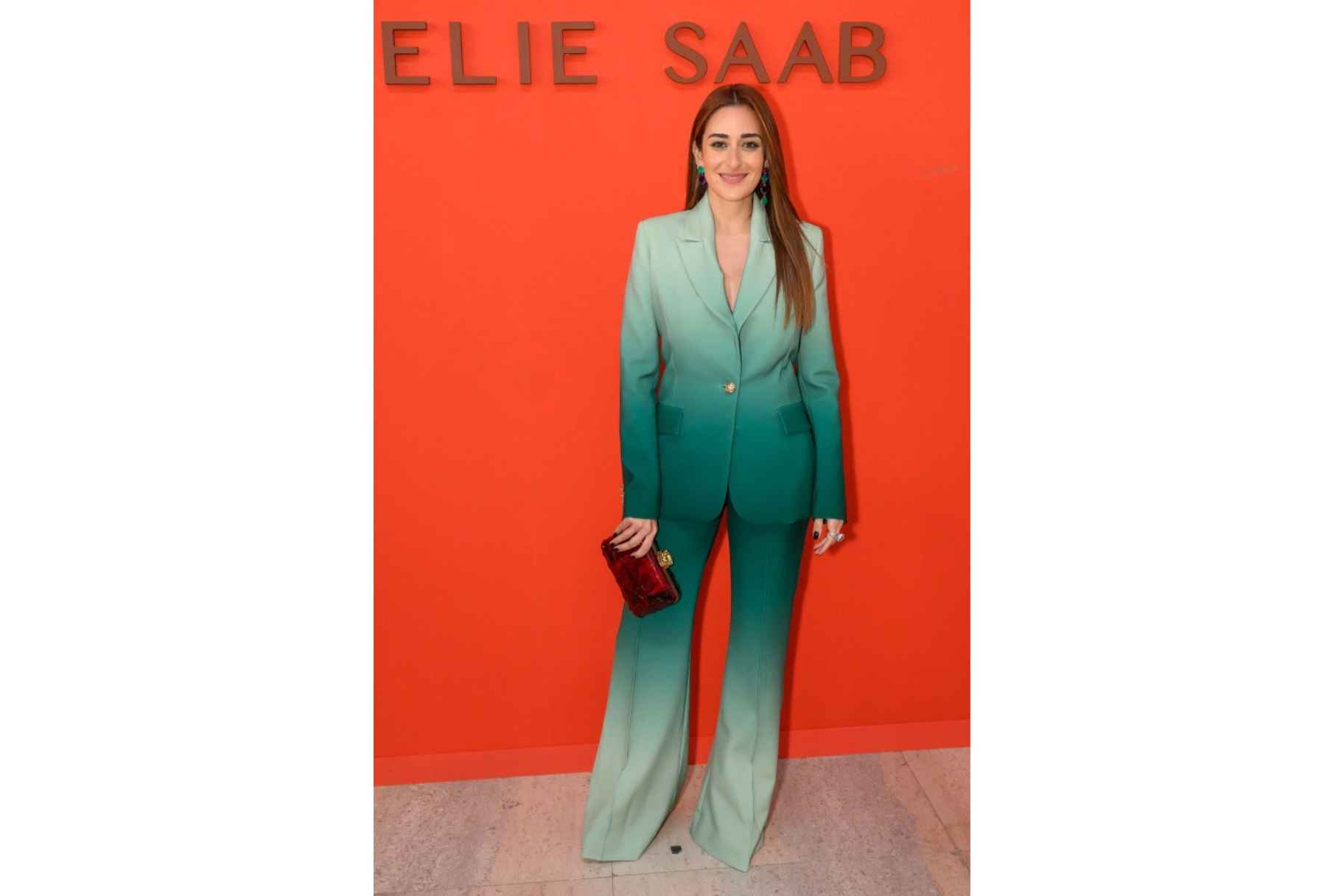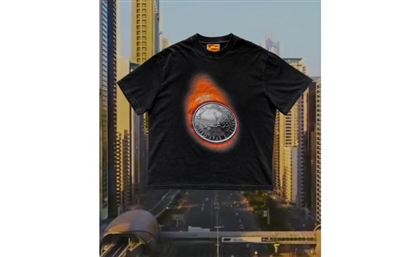Styled Archives: The Female Power Suit Throughout the Decades
Packed with history and intertwined with feminist movements, there’s so much more to a blazer and pant suit combo that you know…

In the ever-evolving landscape of fashion, few garments have embodied the spirit of female empowerment quite like the power suit. Though the concept was invented in the 1920s by the suffragette movement, it took off in the 1940s as a statement of defiance against traditional gender norms. Fast-forward to the 2020s, the female power suit has evolved dramatically across decades, and has become worn at diverse settings, from offices to fancy dinners and rendezvouses.
In the Arab region, particularly in Egypt, this evolution reflects not just shifts in style, but also profound changes in societal attitudes towards women’s roles in the workplace and public life. The early designs, influenced by wartime practicality and post-war optimism, paved the way for women to assert their presence in male-dominated spaces. As we journey through the decades, we’ll explore how Egyptian style symbols have reimagined this ensemble, embracing varying aesthetics while responding to global trends…
The 1940s

The 1950s

The 1960s

The 1970s

The 1980s

The 1990s

The 2000s

The 2010s

The 2020s

Trending This Month
-
Dec 08, 2025
-
Dec 11, 2025
















